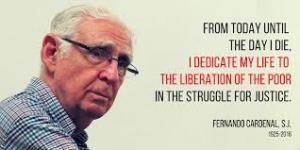
Fernando Cardenal, the revolutionary Jesuit priest who served as Secretary of Education in the Sandinista government of Nicaragua, died in Managua on February 20 following complications arising from heart surgery. He was 82 years old.
Cardenal, joined the Sandinista Front for National Liberation (FSLN) before the Nicaraguan revolution of 1979, having been like his brother the poet Ernesto Cardenal, also a priest, recruited by top Sandinista leaders. Cardenal played a key role in the 1970s, before the revolution, in building the Christian Revolutionary Movement and after the revolution he was the leader and organizer of the National Literacy Campaign. When in 1984 Pope John Paul II insisted that the Cardenal leave the Sandinista government, he refused, writing that he could not believe that God would want him to stop serving the poor.
In the early 1990s Cardenal broke with Daniel Ortega’s increasingly authoritarian Sandinista government, returned to the Jesuit order in 1997, and continued his work among the poor.
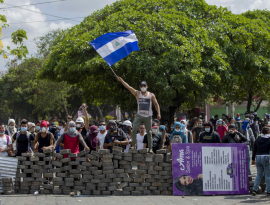
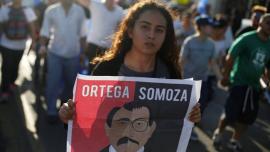 The popular rebellion against the dictatorial government of Daniel Ortega, four-time president of Nicaragua, has been going on now for more than a month. And the Ortega government has continued its violent repression. In the last 47 days, it is reported that 104 people have been killed, while some have been arrested or tortured and others have gone missing. In one of the most atrocious events, government snipers fired on the May 30 “Mothers March” led by mothers mourning the murder of their children. Fifteen marchers were killed and scores wounded.
The popular rebellion against the dictatorial government of Daniel Ortega, four-time president of Nicaragua, has been going on now for more than a month. And the Ortega government has continued its violent repression. In the last 47 days, it is reported that 104 people have been killed, while some have been arrested or tortured and others have gone missing. In one of the most atrocious events, government snipers fired on the May 30 “Mothers March” led by mothers mourning the murder of their children. Fifteen marchers were killed and scores wounded.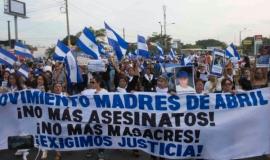
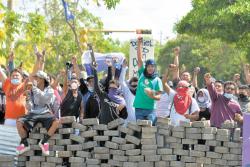
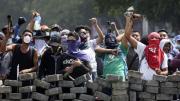
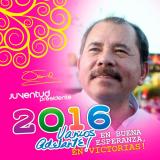
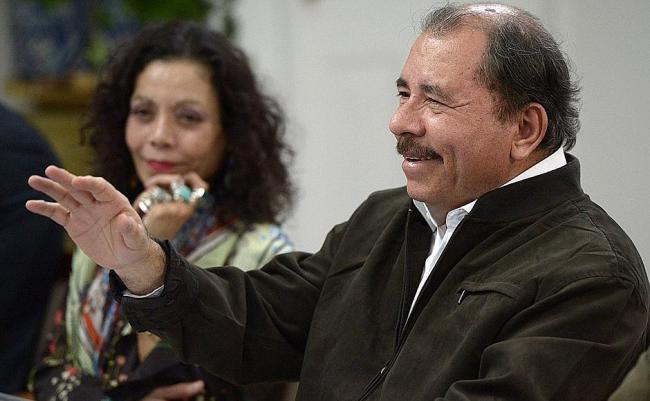

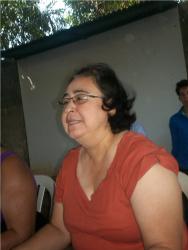 Nicaraguan President Daniel Ortega and the Sandinista government have failed the country's women. That was the message delivered by Azahalea Solís, an attorney and a member of Nicaragua's Autonomous Women's Movement, speaking at the Ben Lindner Center in Managua on January 17 to an audience of Nicaraguans and American students from various universities.
Nicaraguan President Daniel Ortega and the Sandinista government have failed the country's women. That was the message delivered by Azahalea Solís, an attorney and a member of Nicaragua's Autonomous Women's Movement, speaking at the Ben Lindner Center in Managua on January 17 to an audience of Nicaraguans and American students from various universities. 